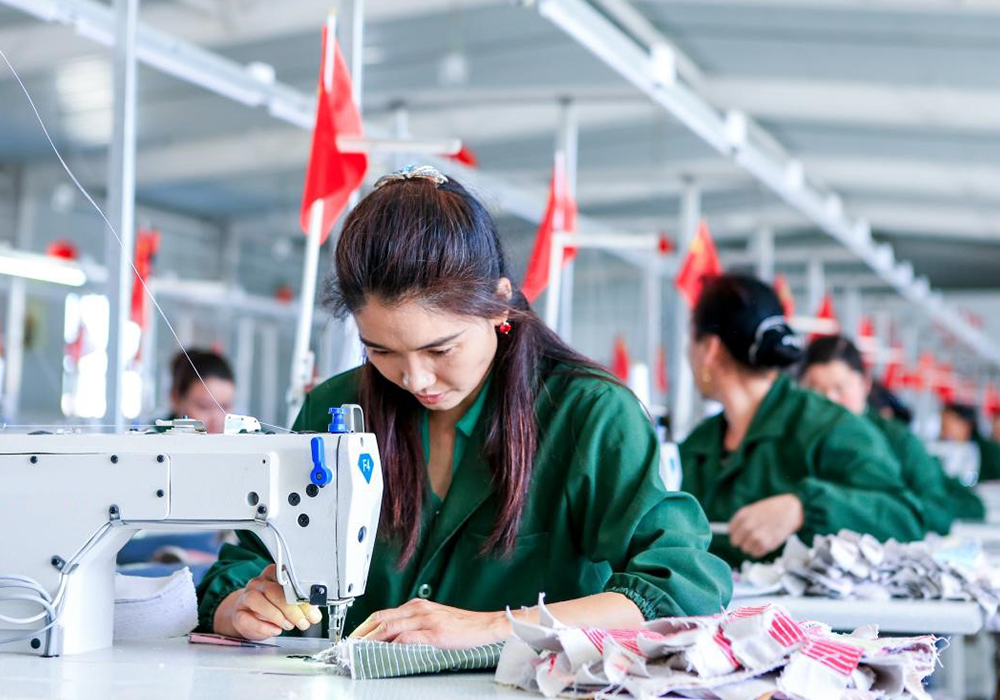How Knitted Sweaters Are Made: A Step-by-Step Production Guide
페이지 정보
본문

The foundation of a knitted sweater is spun yarn often made from cotton or multi-fiber combinations. The yarn is strategically sourced based on the desired texture thermal retention and longevity of the final garment. Once chosen, the yarn is mounted on supply bobbins to be fed into industrial knitting machines. These machines are configured using CAD templates that determine the form and aesthetic of the sweater. Some machines are open-frame and create modules that will later be joined, while others are tube-knitting and knit the entire torso in one uninterrupted strand, reducing the use of seamlines.
After knitting, the individual parts such as the chest panel, posterior section, arms, and neckband are examined for flaws like missed loops or uneven tightness. Any flaws are corrected manually or the piece is set aside for reprocessing. The next step is uniting or bonding where the modular components are sutured using seam-joining devices or skilled technicians. This stage requires accuracy to ensure the joinings are invisible and the garment preserves design geometry.
Next comes the textile conditioning process. The sweater is processed through commercial washers to improve drape, clean off lint and debris, and lock in the intended size. This step is also known as milling or compacting when applied to animal-based yarns as it causes the fibers to entangle for added density. After washing, the sweater is mounted on drying blocks that mirror the design profile to maintain structural integrity.
Once dry, the sweater is reviewed for finishing flaws. Unwanted filaments are snipped and fasteners or closures are incorporated based on style guidelines. Brand tags are fixed and any decorative accents like hand-stitched motifs or topstitching are applied. The garment is then ironed with low heat to remove wrinkles.
Finally, the Women's sweater is precisely folded, packaged in protective material, and packed for transit. The entire process from raw thread to apparel can take anywhere from a few hours depending on pattern detail and batch size. Each sweater carries with it the calibration of tech systems and the handcrafted diligence turning plain strands into something insulating, lifelong, and personal.
